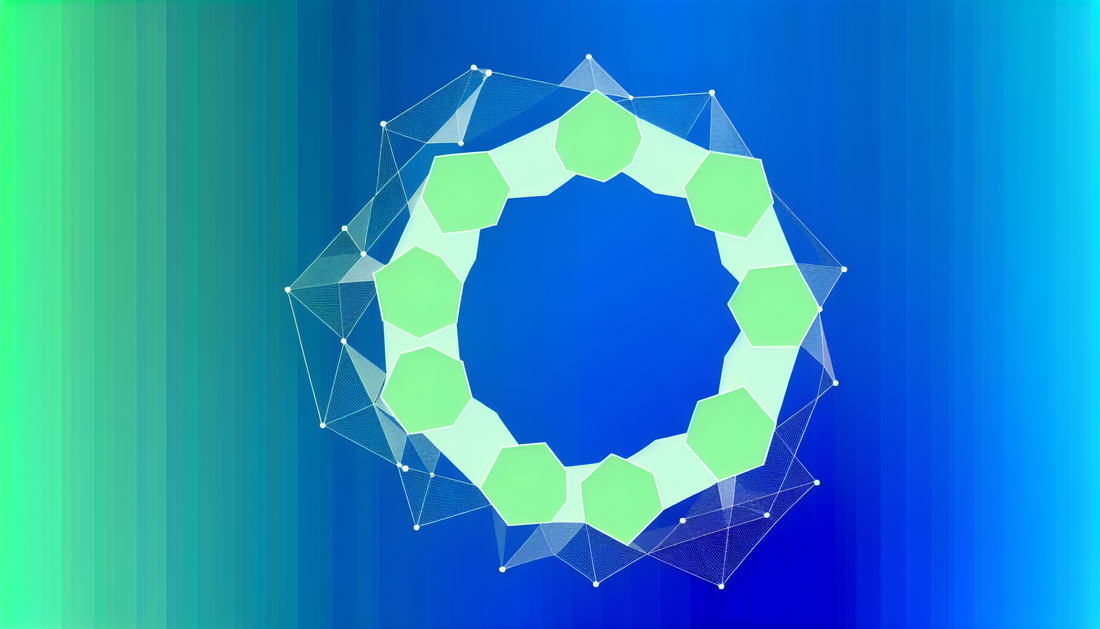
Unlocking Polygon: The Future of Ethereum Scaling
Share
Understanding How Polygon (MATIC) Works
Polygon, known by its native token MATIC, is a protocol and framework designed to build and connect Ethereum-compatible blockchain networks. Essentially, Polygon operates as a scaling solution aimed at enhancing the performance of Ethereum by providing faster and cheaper transactions.
Layer 2 Solution: Enhancing Ethereum's Performance
Polygon is classified as a Layer 2 scaling solution for Ethereum. Traditional Ethereum network transactions can be slow and expensive due to high congestion. Polygon addresses these challenges by enabling off-chain transaction processing, which significantly reduces the load on the Ethereum main chain. By using side chains, Polygon takes transactions off the main chain, processes them, and then pushes the results back to Ethereum, enhancing speed and reducing costs.
Architecture of Polygon
Polygon employs a modular and flexible framework which consists of four main layers:
- Ethereum Layer: Responsible for staking, checkpointing, and resolving disputes.
- Security Layer: Provides a "validators-as-a-service" role, ensuring the security of the network through external validators.
- Polygon Networks Layer: Ecosystem of autonomous networks handling transaction processing.
- Execution Layer: This layer executes the actual transactions and smart contracts.
Polygon SDK: Fostering Ethereum Compatibility
Polygon offers an SDK (Software Development Kit) that allows developers to create standalone, globally available, scalable, and secure blockchain networks. These networks are highly customizable and are equipped to support different consensus models and governance systems. The flexibility of its SDK ensures that developers can create a variety of applications ranging from DeFi protocols to gaming platforms.
Bridging and Scalability
Polygon effectively bridges different blockchain networks with Ethereum using its sophisticated technology, which ensures interoperability across networks. Its commitment to scalability is evident with its ability to handle thousands of transactions per second, vastly superior to Ethereum's current capabilities.
Comparison with Other Crypto Technologies
Polygon's unique design makes it stand out among other blockchain technologies. For an in-depth comparison between Polygon and other digital currencies, exploring articles such as Dogecoin vs Rivals: An In-Depth Comparison can provide additional insights on how various cryptocurrencies address scalability and governance challenges differently.
